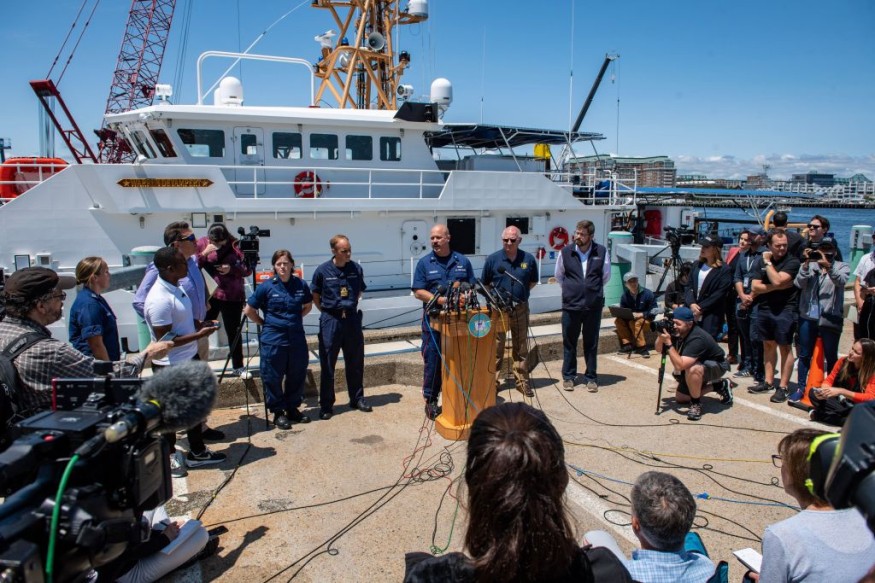
The US Coast Guard (USCG) announced on June 21 that banging sounds had been detected. However, it is not confirmed whether these noises came from the missing Titanic submersible.
Banging Sounds Detected
According to Rolling Stone, a Canadian vessel joining the search efforts directed at finding the Titanic submersible, which went missing on June 18, was able to pick up banging sounds that came at 30-minute intervals. The sounds were specifically picked up in the area where the divers reportedly disappeared, according to email updates delivered by the National Operations Center of the Department of Homeland Security that Rolling Stone was able to obtain.
The USCG Northeast explained in a tweet that the P-3 Canadian aircraft was able to pick up underwater sounds in the search area. Because of this, remotely operated vehicle operations were reassigned to the area in order to find where the noises came from. Such ROV operations have not yielded positive results, but they still continue their efforts.
Live Science explains that the detection of the sounds could signify that the submersible's passengers could still be alive.
American oceanographer David Gallo, who co-led an expedition to perform detailed mapping on the Titanic wreckage, explained to CNN that it is important to ramp up the search efforts. Gallo adds that time is of the essence and that one cannot slowly prove the presence of something. He explains that one should assume that something is there and move because time is limited.
After the detection of the banging sounds, Nicolai Roterman, a marine biologist and deep-sea ecologist from the UK's University of Portsmouth, told Live Science in an email that the 30-minute intervals would align with the idea that the trapped crew members are trying to get into contact with the outside world while conserving energy and oxygen.
Rescue Challenges
Roterman adds that if this is indeed the case, the submersible may be on the seafloor and that its jettisoning weight system could have failed, or the submersible may have ended up trapped or snagged. He notes that if this is the case, rescue chances become even more acute even if the submersible gets found.
The practicality of retrieving the submersible is another concern. With the Titan's 10-ton displacement and required heavy cables, it may take a powerful winch to rescue it. Roterman explains that he is unaware of any submersible that is capable of retrieving a craft from such deep levels.
If the crew members are still alive, conditions could be cold and still. He adds that if there are no auxiliary systems or power, darkness could be prevalent as well. Due to how the hull would be cold in such circumstances, condensation from breath will start collecting on the hull's inside.
Conditions are also cramped, with members having no room to stretch or stand straight. This could lead to limb cramps or numbness. With these conditions, it is a huge challenge for Titan crew members to stay composed and not panic in order to lengthen their oxygen supply.
RELATED ARTICLE : First Full-Sized Digital Scan of the Titanic Provides 3D View of the World's Most Famous Shipwreck
Check out more news and information on Environment and Climate in Science Times.












